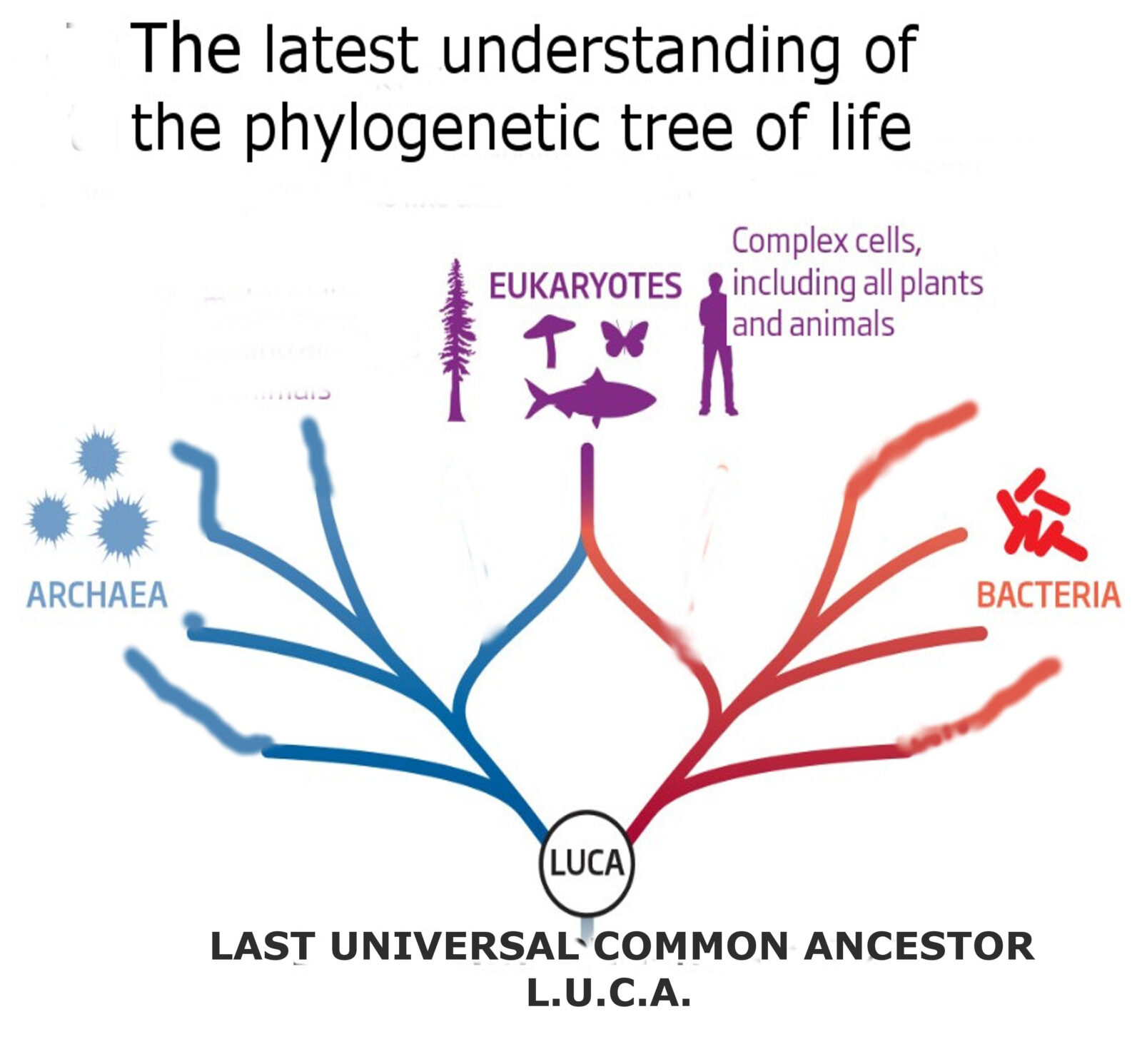Key Points
Research suggests Bowles’s APES theory, focusing on Aging, Predation, Extinction, and Sex, may outperform the modern evolutionary synthesis in explaining aging and reproductive strategies.
It seems likely that the APES theory better accounts for programmed aging, lifespan variations based on predation defense, and male sex traits as predator attractants, challenging the modern synthesis’s dominance.
The evidence leans toward the APES theory’s son-king hypothesis for menopause, supported by historical figures like Ramses (93 children) and Genghis Khan (A large percentage of Asian males share his genes), contrasting with the grandmother hypothesis, which Bowles argues is disproven.
An unexpected detail is that the APES theory explains asexual animals in low-predation environments and homosexuality linked to prenatal stress, with studies on rats, mice, and WW2 Germany supporting this.
Abstract
A growing body of evidence challenges the conventional view that aging is merely an accidental byproduct of essential genes and metabolic processes. Instead, this paper revisits a long-overlooked 1998 hypothesis that posited aging is modular—composed of multiple, independently evolved systems that each co-opt the vulnerabilities of the last. Fresh insights are developed concerning short LARP1 (Horvath’s #1 pro-aging gene with an unusual RNA binding site on the protein) a scarcely studied nuclear lncRNA that likely truncates ATM and XP/CS mRNAs and downregulates/prevents the production of WRN by interfering with mRNA spliceosome functions. From these insights, how aging proceeds in at least four evolutionary waves is revealed. System #1 (plant-like vascular/structural decline) appears vestigial in humans, overshadowed/co-opted by Horvath’s universal epigenetic clock. System #2 centers on mitochondrial dysfunction in motile organisms. System #3, tied to advanced DNA repair and immune function, propels progeroid syndromes such as ataxia telangiectasia Cockayne syndrome, and xeroderma pigmentosum. Finally, system #4—emerging alongside sexual reproduction—dominates in Werner’s syndrome, unifying older pathways with newfound genomic instability.
In highlighting short LARP1’s proposed ability to sabotage crucial mRNA splicing leading to defective repair and structural proteins, a surprising synergy is illuminated: these sequentially-evolved senescence pathways act less like random breakdowns and more like a deliberate “orchestra” of aging. Each system is associated with one of the canonical Yamanaka factors (KLF4, Sox2, c-Myc, and Oct4), underscoring the developmental roots of senescence. Far from dismissing aging as a mere trade-off under antagonistic pleiotropy, new evidence is presented consistent with an evolutionarily conserved program—one that likely offers local species-level benefits in predator-rich ecosystems by preserving genetic and phenotypic diversity by preventing excessive, homogenizing contributions to the gene pool by single individuals. The same selection pressure also selects for menopause in humans and declining fertility in animals with aging. Interestingly, the same evolutionary logic that explains aging’s adaptive role applies to the advantage of sexual over asexual reproduction, as sexual reproduction further accelerates genetic (via recombination) and phenotypic diversity and bolsters resilience against evolving predators. For gerontologists, evolutionary theorists, and epigenetic researchers alike, this framework suggests that aging emerges from deeply adaptive, multi-layered processes rather than serendipitous decline, opening avenues for therapeutic disruption and a deeper understanding of life’s final act.
Abstract
What if aging isn’t just a random failure of worn-out cells, but rather a four-layered design embedded in our DNA from the earliest chapters of life on Earth? This article uncovers startling clues that point to a single, ancient partnership between archaea and bacteria—both essentially “immortal” when solitary—as the evolutionary spark that ignited multicellularity, predation, sex, and aging. By tracing life’s major leaps from fermentation-based “plant-like” ancestors to the mitochondrial energy revolution, from advanced DNA-repair machinery to the rise of sexual reproduction with its own master aging regulator (WRN), we find that aging may have emerged in four distinct evolutionary waves. Each wave appears to have etched its own “choke points” into the biology of today’s humans, showing up dramatically in diseases like progeria and Werner’s syndrome.
Beyond a mere historical narrative, these insights offer a powerful lens through which to view—and potentially reverse—the aging process. They also challenge the conventional wisdom that aging is merely wear-and-tear, suggesting instead that it may be at least partly “designed” for a purpose: to keep populations genetically nimble in the face of ever-evolving predators and environments. If you’re an aging researcher or a bold biology professor hungry for revolutionary concepts, this synthesis of cutting-edge evolutionary data and provocative experimental evidence (including a case of a spontaneously imploding rat tumor) promises to make you rethink the very nature of cellular senescence—and how we might learn to outmaneuver it.
I had AI do a quick summary of a very comprehensive deep dive study of Horvath’s 48 aging related genes from the first preprint of his seminal paper Universal DNA methylation age across mammalian tissues -Nature Aging August 2023- The deep dive will be available in my upcoming book on the subject
here’s what it gave us:
What follows is an overview of Stephen Horvath’s Universal Mammalian Epigenetic Aging system. This updated review:
Clarifies that Thymine DNA Glycosylase (TDG), not TET enzymes, is the primary mechanism preventing hypermethylation of these aging-related genes (TDG is α-ketoglutarate dependent).
Explains that the initial 48 genes come from Horvath’s first preprint, and subsequent revisions have added or changed several genes (including transcription factor SP1).
Highlights how SP1 ties together MAO-A/MAO-B, FAD sequestration, WRN protein expression, and a potential impact on aging processes.
Presents a CD38/NAD+ analysis of the 48 genes, discussing how some of them may influence CD38 activity, thereby modulating NAD+ levels.
Throughout, we underscore the interplay of GABA–α-KG–glutamate, the overrepresentation of splicing-related genes, and the newly emphasized roles of SP1 and MAO in driving epigenetic and metabolic shifts that contribute to aging.
